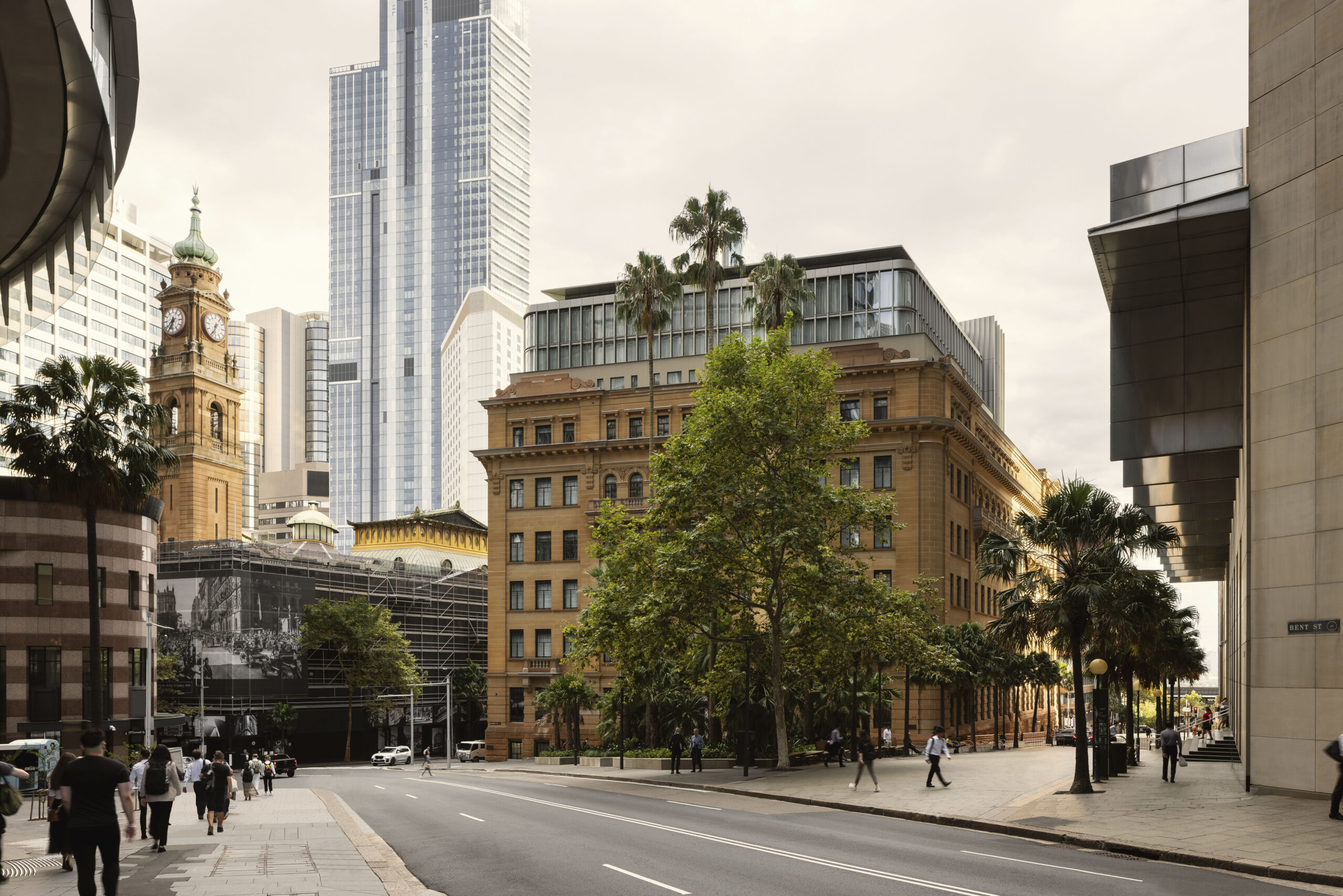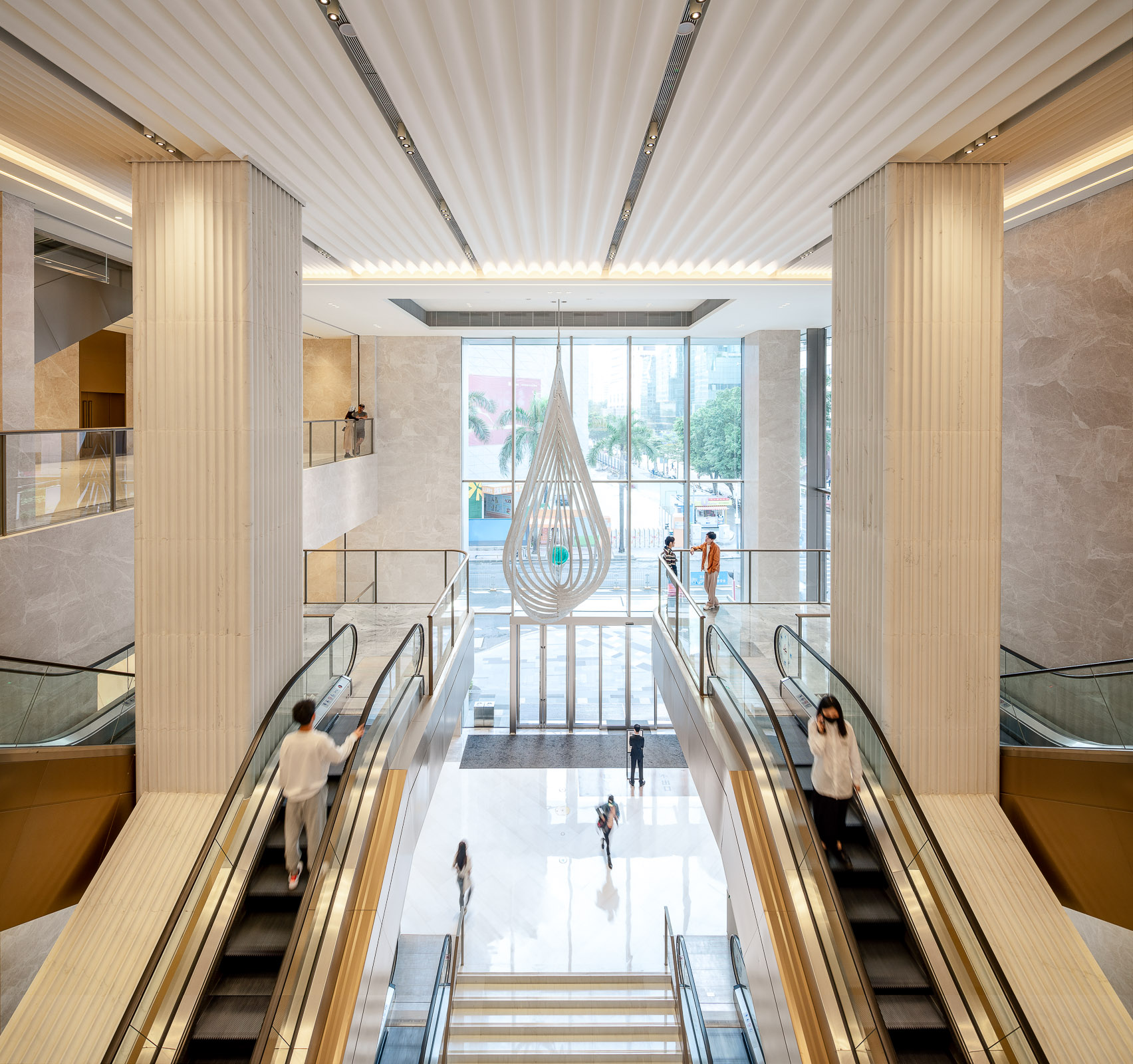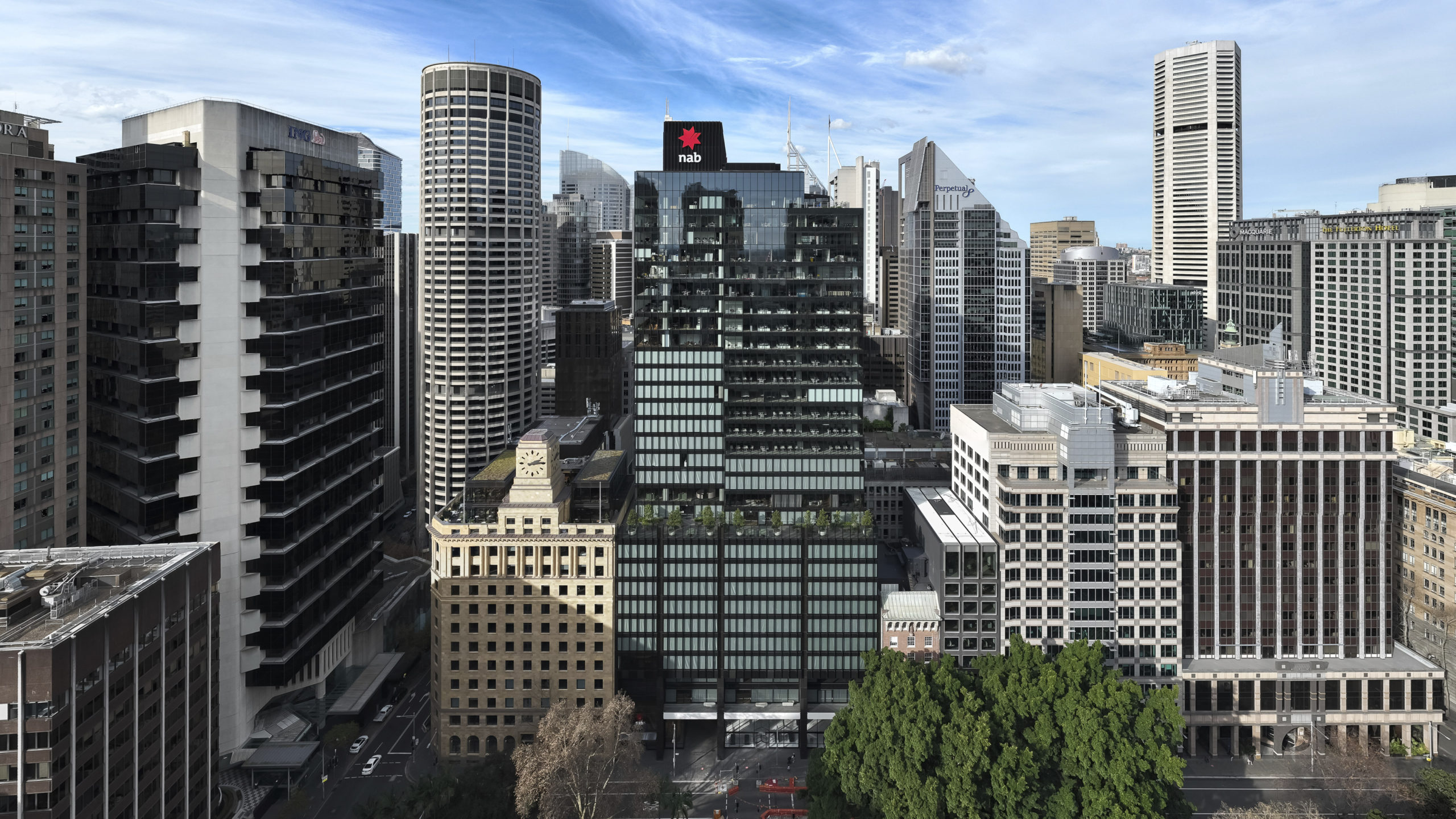
Anyone with an interest in the next generation of towers will have been exploring this area since last summer, when the City released a plan delineating an Eastern Cluster. A 3D model of the area has since been produced and published. “This work is at an early stage but has already confirmed the limits of change in the Cluster that include impacts on the wider setting for the Tower of London,” says Plan 36. “The Local Plan review will consider whether any changes should be made to the area of the Cluster.” My italics.
Read that quote carefully, and remember the answer lies in the question. Move on. “What should the City look and feel like in 2036?” is the key question. “The current Local Plan evolved from the 2011 City of London Core Strategy, which was based on evidence collected prior to 2011. The Local Plan now requires updating to address recent development trends and to reflect the City’s emerging priorities and aspirations.” To translate: “The old plan is out of date. We need a new post-Brexit plan.”
Here comes the key phrase: “One option would be to identify a ‘Commercial Core’ where only offices and complementary uses will be permitted, with a more flexible approach to other land uses including housing outside the Commercial Core, though this may impact on space suitable for SMEs.” Bets are hedged, so as not to annoy small businesses. But to baldly translate: “If things get bad, we may need to delineate a formal Central Business District – the sort of thing that most other cities on the planet operate.”
A CBD would include Broadgate, and maybe further north and east into areas where under-30s might feel comfortable. “There may be potential for further business intensification in this area, particularly linking with the Tech City area around Shoreditch and Old Street.” Groovy. Meaning more developments like the 320,000ft² Fruit and Wool Exchange, now being rebuilt by Exemplar. But what might fill the areas between a new CBD and the 2,000-year-old Roman boundaries of the Square Mile?

More homes? A few. “Should we indicate where further residential development would be permitted?” asks Plan 36. The GLA is pressing for the present 110-units-a-year ceiling to be raised to 141 a year. The City has 8,000 full-time residents and 1,400 second-home owners. There is no indication more would be welcome. Over 200 flats are being built near St Bartholomew’s Hospital, close to Smithfield Market, an ancient blood-soaked spot which gets wary attention in Plan 36.
“Smithfield has been the home of a meat market for hundreds of years […] we will need to reconcile the needs of the meat market with greater pedestrian pressure resulting from Crossrail and the emerging Cultural Hub.” For “emerging cultural hub,” read the by-no-means-certain relocation of the Museum of London to empty market buildings. Will meat-trading be replaced by a Leadenhall-in-the-West gallery of shops and cafés? Maybe. But any proposal risks the porters’ terrible wrath. Don’t bank on it happening before 2036.

Article extracted from Make Annual 13.




































































































































































































































































